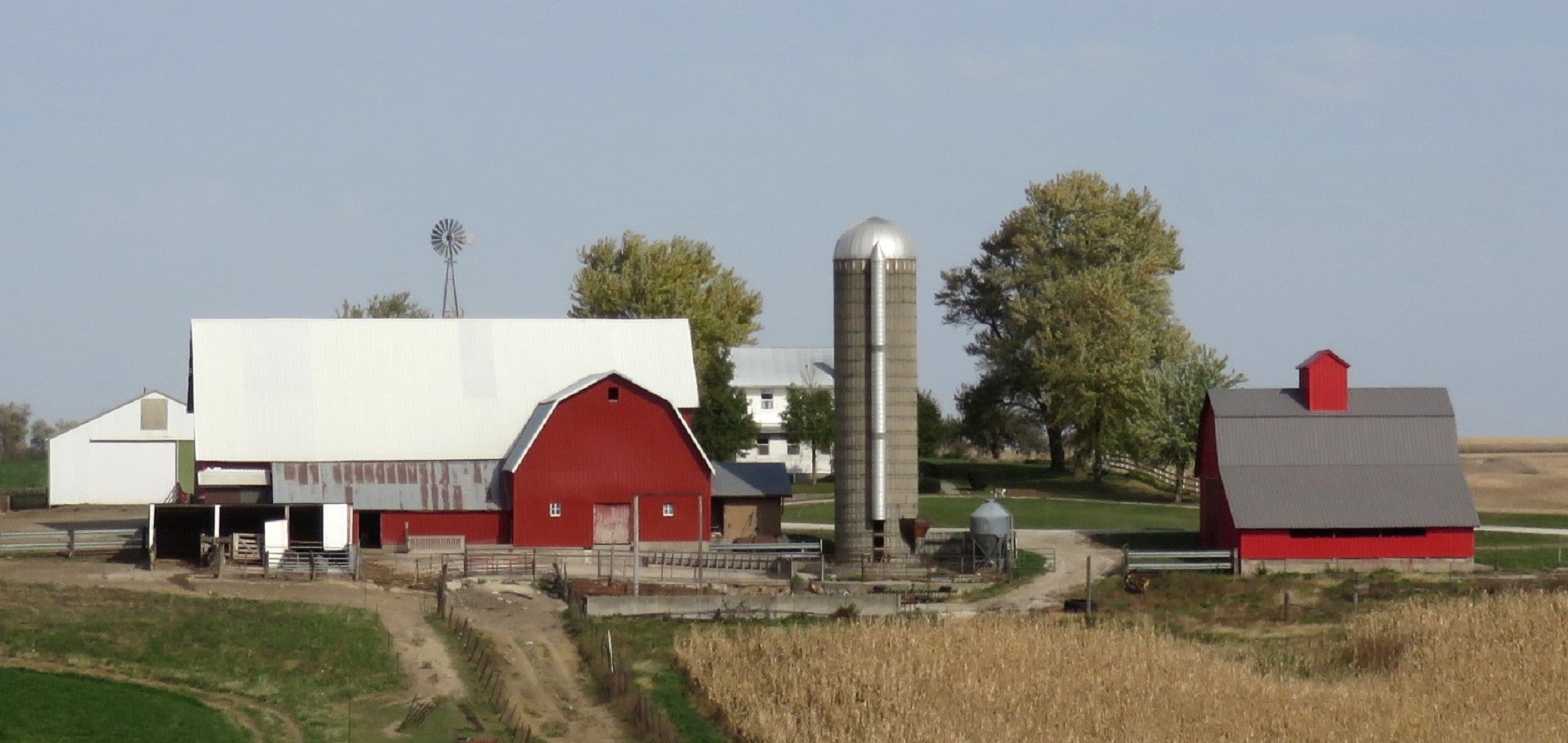The blog on June 26 featured the Dobbin round barn at State Center. This barn has the original round metal rack used for drying ears of corn.

The ears were attached to the rack by a clip fastened to a spike pushed into each ear. With almost 600 kernels on each ear and hundreds of ears on the rack, it would have held enough seed for the yearly planting. Really? Many farms in earlier days were small, 80 to 160 acres, with a rotation of corn, oats, alfalfa or red clover, and grassland pasture. Thus, not that many acres were dedicated just to corn each year.
How was all that corn shelled? Several contacts regarding this subject believed the ears were shelled by hand, rather than by a hand-cranked corn sheller, which would have broken some of the kernels.
A horse-drawn planter placed two or three kernels in each hill, with the hills spaced 38 inches apart in the row. The rows were also 38 inches wide. Today, single seeds are planted just six to eight inches apart, with 30-inch wide rows. Quite a difference! Notice how close each stalk is to its neighbor in the field pictured below. (2021 photo)


